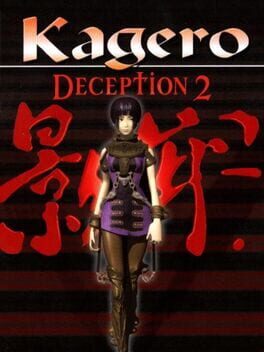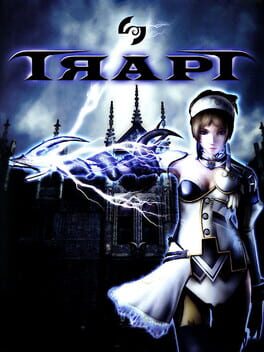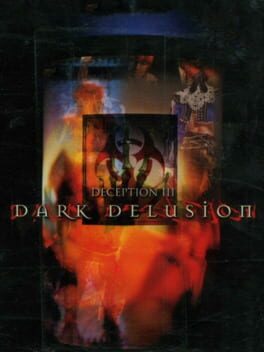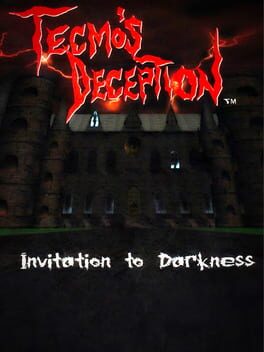Kagero: Deception II
Shifting the viewpoint to third-person and the emphasis to trap combos, Kagero: Deception II formed the foundation of current Deception titles and would be built upon in future titles, coming out two years after its predecessor. In it, players assume the role of Millennia, a young girl being used as a puppet and guard for a race known as Timenoids (or TMD, as the game abbreviates their race's name), who are like humans except immortal, and whose power is desired by the humans whose lives they govern. Millennia finds herself in the middle of the war between her own race and her captors, with her chosen side dictated by the player. One of the endings to the game heavily implies that Kagero is a prequel to Tecmo's Deception, and that Millennia will grow up to become Astarte from the first game; this interpretation is supported by the fact that naming the main character in Kagero "Astarte" lets you start with a hefty sum of extra Ark (the game's currency). However, Tecmo has not made it clear if that ending is canon. The change in how traps functioned gave this game a much more strategic edge than the first game, with traps able to interact with one another in long strings that could be likened to Rube Goldberg set-ups, just much more lethal and involving other people. Instead of using items such as medicinal herbs, healing was accomplished via glowing blue crystals called "loons" which could only be touched once before breaking, never to be used again in a given chapter. Trap improvement was conducted by using the points earned after successfully killing each invader, called Ark, and by following a somewhat logical "tree"—improving an Arrow Slit after a Lightning Rod was created could make a Laser Arrow, for instance. Six secret traps (one of which depicted Suezo, a popular monster from Tecmo's own Monster Rancher titles) could be unlocked in future replays by completing the game and achieving all four endings in the game, as well. Traps, when constructed, could be used as often as the player liked, but required a recharge time between uses in any given level. Game saves are one block in size.
Also in series
Reviews View More
The traps are pretty creative and interact with each other very well - you can push your enemies into fireplaces or lure them into water which you can then electrify. My personal favorite trick is to activate a wall magnet to immobilize enemy knights, then drop a gigantic iron rock next to them - the wall magnet attracts the rock as well, crushing the knight. It's a cool bit of physics that I was surprised to find in a relatively older game!
Unfortunately the game majorly stumbles in how it presents its story. The premise is that you are a human girl who has been assigned by the timenoids (an immortal race) to guard a castle and eliminate human trespassers, and the game seems to be making an effort to shove its morally-grey nature in your face. Many of your poor victims, when mortally wounded, will utter something about the loved ones they are leaving behind, and at one point you even have the chance to kill a terminally ill kid! You do get the choice to spare some of these trespassers in a sort of rudimentary 'morality' system which leads to one of four different endings.
What makes this premise less than effective is that the game gives you basically zero information about why the heck a human girl is killing other humans in the first place! The first time I played through the game I didn't understand a thing and blamed it on the shoddy translation, but I soon discovered that the real issue was that only some of the four branching story paths explained the larger story and setting. I suppose they wanted to give the game more replay value, but it had the unintended effect of removing all context for the player's actions and robbing all the morality choices of their narrative heft.
Annoyances with its storytelling and translation aside, this is a really cool game that deserves more attention. I would definitely recommend it for its unique gameplay and great atmosphere.




